Love them or loathe them, electric motorcycles (e-bikes) are coming, sooner rather than later. Some have asked, “what about riding e-bikes in Malaysia? Is it expensive? Can I use my normal motorcycle license?”
First off, JPJ Malaysia does have a classification for e-bikes for road use. Do take note, these are proper electric motorcycles and scooters, having been submitted and passed JPJ Vehicle Type Approval (VTA), not the cheap electric bicycle type things you get on online shopping networks.
E-bikes can be taxed and insured like any other motorcycle in Malaysia. From a round-up article on electric vehicle road tax structure in Malaysia by paultan.org, the road tax structure for e-bikes is based on the power capacity of the motor.
JPJ classification for e-bikes in Malaysia starts with code AA, for electric-powered motorcycles rated at 7.5 kW and below which attracts a road tax annual payment of RM2 and you can ride e-bikes using the standard motorcycle license. Road tax for e-bikes then goes up a scale, as listed below:
- Above 7.5 kW to 10 kW – RM9
- Above 10 kW to 12.5 kW – RM12
- Above 12.5 kW to 25 kW – RM30
- Above 25 kW to 40 kW – RM40
- For e-motorbikes with an output of above 40 kW – RM42
As can been seen, road tax for e-bikes is not onerous, compared to the rates applied to combustion engined motorcycles which ranges from RM2 for motorcycles and scooter up to 150 cc all the way to RM350 from those with engines displacing 801 cc and above. As for insurance, the rider’s premium is based on sum insured, as per local practice, without taking into account criteria such as age of rider, riding record or years of riding experience.
Those are the costs for taxing and insuring an e-bike in Malaysia for a year, but what about maintenance? Since there is no requirement to put fuel in the tank, there is an immediate reduction in daily running costs. However, the price of replacing battery packs at end-of-life has to be considered, with battery packs in high-powered e-bikes such as the Harley-Davidson Livewire and Energica Evo costing much more than the battery pack for an urban scooter like the Niu.
Other running costs would be typical for consumables such as tyres and brakes, and, where applicable, final drive chain. This is without considering factors such as cost of electricity for charging and, for those considering making the transition to electric vehicles, range anxiety.
Electric vehicle charging infrastructure in Malaysia is heavily biased towards four-wheeled vehicles, there being no provision for fast charging for e-bikes that have that capability. For a urban commuter e-bike like the Niu, charging is done using domestic current which typically takes between four to eight hours.
For some e-bikes, difficulty of accessing a charging location is addressed by using removable battery packs, which major manufacturers taking to initiative to standardise battery specifications across the industry. In countries like Taiwan, replacement battery packs are available, charged and ready to go, at vending machines and convenience stores with the rider just having the bring in the depleted battery and swap it for a charged unit.
In any case, e-bikes also pay a weight penalty due to the battery pack and riding in some of the more isolated areas of Malaysia would mean having to be aware of the location of electrical supply. On the flip side, e-bikes are entertaining to ride, the biggest thrill coming from all the motor torque available from zero rpm, making for very… entertaining acceleration.
The quiet of an e-bike is a plus in urban environments which many will attest is possibly the biggest nuisance associated with modified motorcycles and the exhaust noise. So, what do you think? Is riding a e-bike in Malaysia something you might consider? Leave a comment with your thoughts and opinions below.
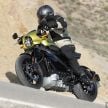



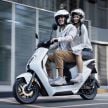
The post So, you want to ride an electric bike in Malaysia? appeared first on Paul Tan's Automotive News.

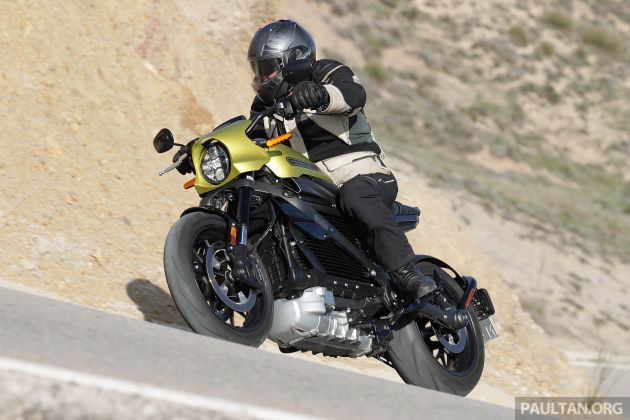
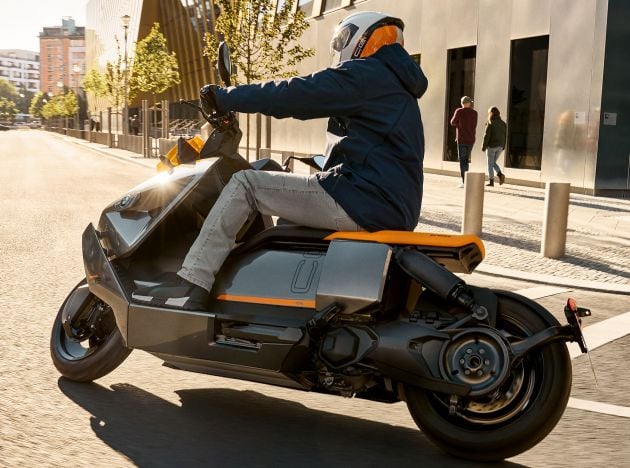
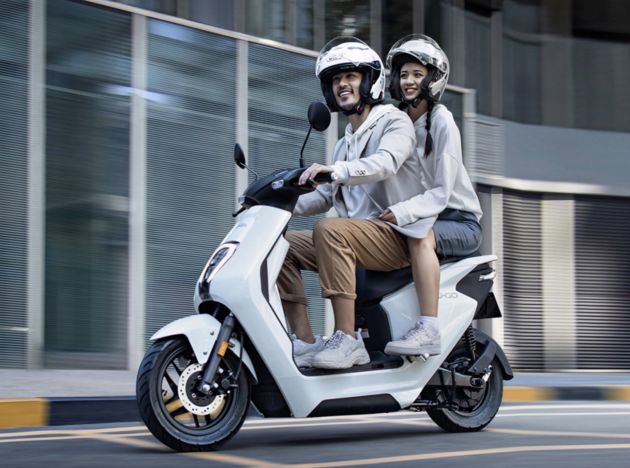

0 Comments